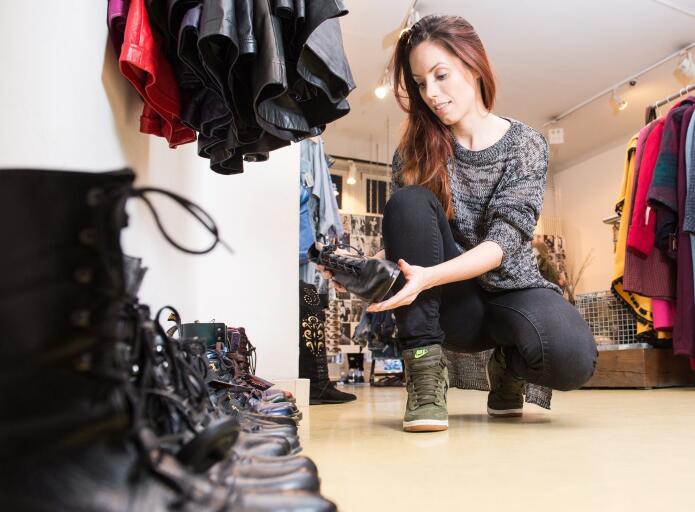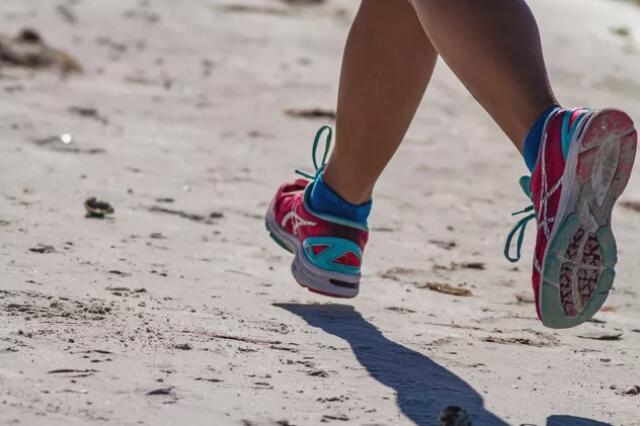Experts claim that shoes should be bought in the afternoon, as feet swell during the day and are at their widest in the evening.
A healthy back campaign in Germany is calling on consumers to avoid buying shoes at the wrong time of day, as this can have a negative impact on how comfortable the shoes are and, more importantly, lead to back pain, among other problems.
It’s also a good idea to wear the same socks you are likely to wear most often with the shoes, according to guidance from Britain’s National Health Service (NHS).
A good shoe will promote a natural rolling of the foot and be cushioned at the most heavily used points, such as the heel. The sole, meanwhile, should be more flexible and not made of a hard material, experts say.
If you wear insoles to support splayfoot, fallen arches or other foot injuries, it is better to take them with you to the fitting. And you should only choose shoes that have removable insoles so that you can replace them with your medical insoles.
When it comes to sizing, foot doctors say you should aim for at least one finger width of space at the toecap. Toes need extra space so they can slide forward when you are walking downhill. It’s also important that the heel fits firmly inside the shoe.
If dizziness is a problem for you, you should avoid shoes with a very soft sole, as these can only make things worse when you feel off-balance.



